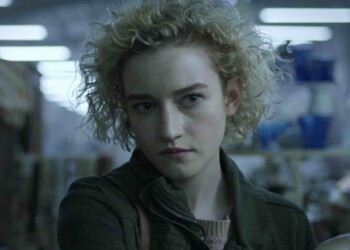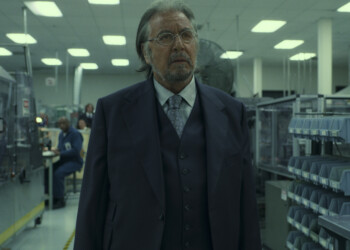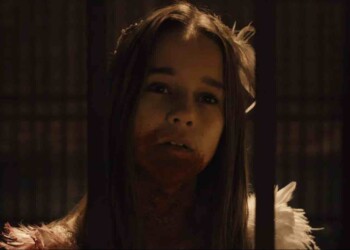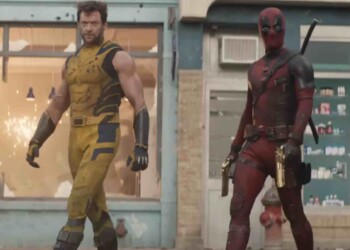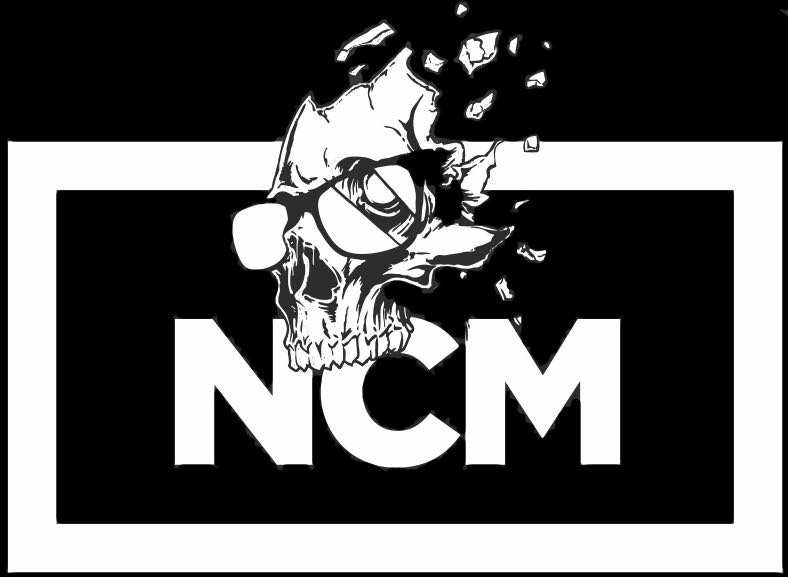On the 30th anniversary of “Twin Peaks” debut, we look back at the series with comments from cast and crew from the original series all the way to ‘The Return’…
Who killed Laura Palmer?
If you were alive and watching television in 1990, that became one of the most consuming questions of that time period after David Lynch and Mark Frost’s series “Twin Peaks” stormed to ratings records on ABC.
Taking place in a small, fictional logging town on the border between Washington state and Canada, “Twin Peaks” began with a very simple premise — the body of a beloved high school girl named Laura Palmer washes up on shore one morning, wrapped in plastic and bound by ropes. The entire town is rocked following Laura’s death and due to the grim and quite horrific way she was murdered, the FBI sends someone to investigate the crime.
Enter Special Agent Dale Cooper — a grown up boy scout, who constantly details his investigation into a tape recorder for his unseen assistant Diane while munching down cherry pie and guzzling damn fine coffee at the Double R Diner. Dale’s investigation forces him to cross paths with all sorts of people who reside in Twin Peaks, which is a town filled with secrets of all kinds.
The closer and closer Dale gets to tracking down clues about Laura’s murder, the deeper he gets drawn into the larger mythology that has swallowed up Twin Peaks for many years. From Black Lodges to Giants in dreams to a malevolent spirit named BOB, Dale soon finds out that his search for Laura’s killer will go far beyond what can easily be explained by scientists or what’s living inside text books.
It’s now been 30 years since “Twin Peaks” first debut on ABC and looking back now, it’s almost impossible to believe the series was ever seen on network television in the first place.
While a few crime dramas had pushed the envelope at times, nothing like “Twin Peaks” had ever been seen before — and despite influencing dozens of shows in the future — nothing has quite been like it since then either.
Back then, ABC was a struggling network constantly stuck in third place in the ratings behind NBC and CBS. That forced executives to begin looking outside the box when trying to put together a new lineup that could push the envelope and hopefully steal away some of those viewers.
Meanwhile, David Lynch was already a well-known writer and director, who had received critical praise for films such as “The Elephant Man” and “Blue Velvet,” which is where he really let his freak flag fly. Lynch’s unique take on any given subject matter often teetered between genius and lunacy but there was just something so addictive about the way he went about filmmaking that the style took on a life of its own.
But after the studio who was supposed to produce his next film went bankrupt, Lynch was left without a direction where to turn and that’s when his agent suggested a move to television. He reconnected with an old friend in Mark Frost, who cut his teeth on “Hill Street Blues” and previously worked with Lynch when developing a film centered around Marilyn Monroe called “Goddess.”
The two of them put their heads together trying to come up with a concept that would work for a television show.
“We were at Du Par’s, the coffee shop at the corner of Laurel Canyon and Ventura,” Lynch remembered when thinking back to the origins of “Twin Peaks.”
“All of a sudden Mark and I had this image of a woman’s body wrapped in plastic washing up on the shore of a lake.”
With that, Lynch and Frost were off to the races to create the series that was first called “Northwest Passage” but eventually became “Twin Peaks.”
Lynch turned to an old friend from “Blue Velvet” to cast in the lead role with Kyle MacLachlan playing the part of FBI special agent Dale Cooper and a relative unknown named Sheryl Lee was cast to play dead girl, Laura Palmer. The rest of the cast was decorated by veterans of TV and film with more than a few bright new faces along for the ride as well.
The core story at the heart of “Twin Peaks” — a high school girl who is raped and murdered and found washed up on the shore — was almost taboo for network television at the time but early audience responses helped secure the series a first season order. Even looking back now, Frost is still amazed the show got made, especially considering the themes that dominated the plot in “Twin Peaks.”
“Twin Peaks is the story of a terrible tragedy and one that’s all too common that hadn’t really been depicted in quite this way on network television,” Frost told Yahoo!. “We didn’t tell [ABC] what it was originally, because they probably would have killed it right away if they’d known what was actually going on. But these were adult themes, and these were real events and they had huge impact on people’s lives. So it affected everything: It affected performance, it affected the intensity and the feeling that it created.
“Also, in that pilot, the intense feeling of grief that dominates the first half hour is pretty immersive. It pulls you into a world where all these people are reeling and in pain and confusion, and people just seem to want to go there. They wanted to know what happened, they wanted to see how it was going to resolve, and they wanted to pursue the mystery. So we just made sure the mystery was full of twists and turns, deep dark secrets, and, in the end, very real and tragic.”
The first season of “Twin Peaks” was a breakout hit with huge ratings at ABC. Ordering a second season was a no brainer but it didn’t take long before Lynch and Frost began clashing with the powers that be at ABC.
Because the central mystery at the start of the show was an unsolved murder involving Laura Palmer, the ABC executives felt like that needed to reach its conclusion. Lynch and Frost had much different plans because the original idea was that Laura’s murder wouldn’t actually be solved until the series finale — and they began layering in different characters and storylines that added so much mythology that the audience wouldn’t necessarily be consumed by that lone murder case.
Unfortunately the battle led to Lynch leaving the show and Frost taking over with Laura Palmer’s murderer finally revealed early into the second season.
“With Season 2, once we’d solved the mystery — which neither of us particularly wanted to do, but the network was then insisting on it — we had to jump into a whole other idea that took a little time to set up,” Frost revealed. “We didn’t have the luxury of the opening that we’d had at the beginning of the death of Laura triggering everything. And then the thing that really hurt us was we were preempted for six out of eight weeks when the Gulf War started.
“Every night everybody was watching reporters standing in front of bombs falling in Baghdad, and this was not a show that benefited from people not seeing it for six weeks. But I don’t think there’s anything that people can quibble about the show through the first half of the second season. The first nine or so are incredibly strong, and built an intensity and power that I think really worked. I always felt that if enough time went by those things would be reappraised and they have been. I think people now see it more as a continuum rather than an aberration.”
While “Twin Peaks” season 2 saw ratings plummet after Laura Palmer’s killer was revealed, Frost continued to soldier on until he reached the finale and that’s when Lynch made his return. At the time, the idea was that Lynch and Frost would team up together to take the series in a new direction in that finale, which would then set up an even better season 3.
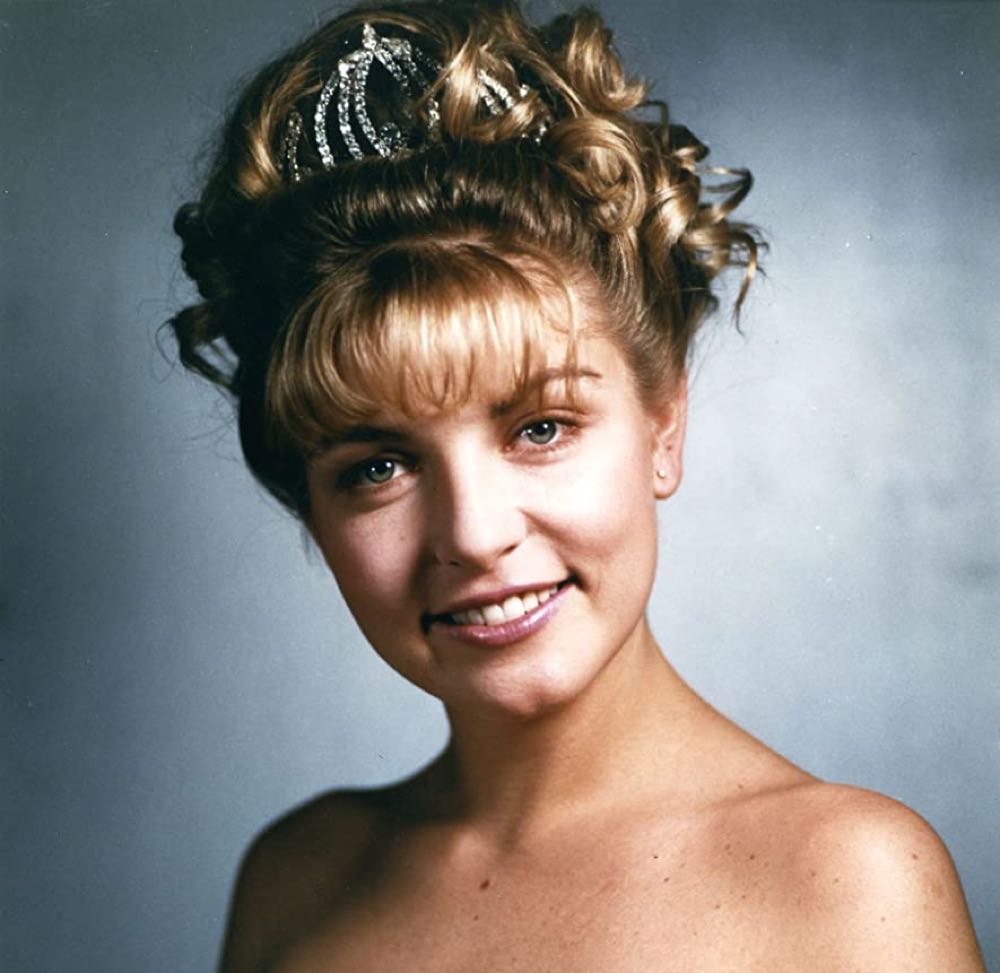
The end saw Dale Cooper make his way into the Red Room inside the Black Lodge, which was the literal heart of darkness, and he was eventually possessed by the evil entity known as BOB. The set up for a wild third season was ready to go but alas it didn’t happen.
Sadly, “Twin Peaks” was cancelled by ABC.
Two years later, Lynch got the opportunity to return to the same universe with the film “Twin Peaks: Fire Walk With Me,” which explored Laura Palmer’s final days before she was murdered. Frost was in the middle of a movie so he didn’t get involved, although he told Lynch at the time that he felt moving the story forward rather than backwards was the way to go.
Still, Lynch opted for a prequel of sorts, which Lee appreciated as she really got to discover more about Laura Palmer after essentially playing a dead girl throughout the series.
“Making the movie, Fire Walk With Me, was a huge relief because I felt as if Laura had something to say that she hadn’t gotten to say,” Lee said. “I don’t know how else to explain it other than that, and I’m very grateful that David gave her the opportunity to share her story in that way. There was a deep relief of “OK, she gets to have her voice heard.”
Following “Fire Walk with Me,” the “Twin Peaks” universe largely disappeared outside of the cult following the show maintained from a group of very loyal fans. Over the years rumors would pop up every now and again about a possible revival with actors talking about potentially returning to the series.
Two decades passed and it appeared ‘Twin Peaks” was gone forever but Lynch eventually came back around and that’s when the first machinations surrounding “The Return” first bubbled to the surface.
“Ideas came,” Lynch told Deadline in 2017. “I guess you could just say… I always say ideas dictate everything. Ideas came, and this is what the ideas presented. Just focusing on Twin Peaks, these things came out for us, and there they were.”
For a time it appeared “Twin Peaks” would come back minus Lynch after he had a disagreement with the studio but eventually he returned and Showtime ordered 18 episodes for the revival.
It didn’t take long for most of the original cast to volunteer to return, although sadly a few of them had already passed away.
MacLachlan was immediately on board and he was joined by many familiar faces from the past. Lynch and Frost also added a slew of new characters as well with past favorites like Naomi Watts joining “Twin Peaks” after previously working with the director in “Mulholland Drive” back in 2001.
For some actors all it took was a mention of the possibility of “Twin Peaks” coming back for them to offer to return.
“I went to the “Missing Pieces” premiere when all of that lost footage from “Twin Peaks” came out, and we were sitting around at the afterparty,” Madchen Amick, who played Double R Diner waitress Shelly Johnson said when speaking to GQ. “David just turned to me at one point and says, “Will you do something with me?” And I was like, “Well, yeah. Of course, David.” The answer’s always yes for David Lynch.”
“And I woke up the morning that it was announced to just a slew of text messages from all kinds of people, family, friends. And then I immediately sent a quick e-mail to David, and I said, “Is this true, all this talk?” And he just simply wrote back, “I’ll be seeing you very soon in the beautiful world of Twin Peaks.”
For Frost, the chance to go back to “Twin Peaks” was an opportunity to rectify mistakes that were made during a chaotic season 2 that didn’t end particularly well for anybody involved.
“We were like a couple that had a child together, and we wanted to see that child grow up and take its place in the world and thrive,” Frost said. “So the way the show ended the first time was, I think, painful and disheartening for everybody involved. It was August of 2012 when I first brought up [returning to the series]. And David wasn’t necessarily against it, but he did need convincing.
“He wanted to know that there would be something there that would be worth pursuing. And that led to a series of long discussions that ultimately led us to the conclusion that, yes, this was worth jumping into with both feet. To be able to round it off at this point was a very healing experience.”
How Lynch describes “Twin Peaks: The Return” is done in a very Lynch-ian way.
“You could say one puzzle is Season One, another puzzle’s Season Two, another puzzle’s the film,” Lynch said. “With a continuing story, there’s still much puzzle to put together.”
Much like the first season of the original series, “Twin Peaks: The Return” was met with critical praise as well as an overwhelmingly positive reaction from the audience. Lynch was able to delve into the deepest, darkest reaches of his psyche to put together a truly mind bending series of episodes.
The eighth episode of the series titled “Gotta Light” ended up as perhaps the most talked about hour in “Twin Peaks” history since the pilot first aired in 1990. The installment featured a bizarre twist and turn dystopian vision set in black and white that told the origin story behind the atomic bomb birthed BOB into our world from a parallel universe. Or at least that’s what we think happened.
“The idea obviously — or, well, not obviously — was that we’d never done anything close to what you might describe as a “Twin Peaks” origin story, [showing] where this pervasive sense of darkness and evil had come from,” Frost said about the episode. “On the page, we wrote it in great detail. I think it was maybe 12, 15 pages. But as we were putting down the descriptions, I knew David was going to take that as the blueprint for something extraordinary.
“He ran with it and elevated it to a whole other level […] the atomic explosion was probably half a page as written, but I knew that, in David’s hands, it could run as long as 10 or 12 minutes, and it would be riveting. It was certainly a narrative departure from what we had done before. There was no question about that. But it needed to stand apart, and it needed to blow your mind. So mission accomplished.”
Considering the reaction that “The Return” received, Lynch was almost immediately asked about continuing “Twin Peaks” with a fourth season at some point in the future but he hasn’t committed to anything yet. Most recently, Lynch said he considered episode No. 18 of “Twin Peaks: The Return” as ‘the ending’ but that doesn’t mean another idea couldn’t spring to his mind in the future.
The end of “Twin Peaks: The Return” saw Dale Cooper seemingly cross over to a parallel dimension where he became a man named Richard and he set out to try and rescue Laura Palmer before she was murdered. When he finally tracked her down, the woman who looked like Laura was actually named Carrie Page but she agreed to go back to Twin Peaks with him after he convinced her of the roots she had in the town.
After arriving at the Palmer house, Dale and Carrie find a new person living there with no trace of Laura’s parents. But just as they are about to leave, the ghostly voice Sarah Palmer wisps through the air saying the name ‘Laura’ and Carrie lets out a terrifying scream as the lights in the house go out and everything suddenly turns dark.
Considering that ending, there is definitely room for interpretation about another season of “Twin Peaks”. Was this parallel universe just further torment for Laura Palmer to know that she can never escape her fate? Was Dale Cooper sent here as punishment for trying to rescue Laura from her own death? Was the story centered around Laura’s inevitable tragedy and Dale’s need to save her?
It’s impossible to know for certain — and Lynch definitely isn’t going to tell us — which is why many fans would love just another season of “Twin Peaks.” If Lynch and Frost ever decide to go back to “Twin Peaks,” MacLachlan will be more than ready to put on that suit and slick his hair back as Dale Cooper one more time.
“I think those kinds of things are certainly possible,” MacLachlan told Deadline in 2018. I think we’re all just waiting on David to have the spark of an idea to go forward. It’d be a great journey. I would drop everything to do that.”
Will it ever happen? That’s tough to say but for now take a bite of cherry pie, sip that damn fine coffee and let the rhythm of Audrey Horne’s dance wash over you as we celebrate 30 years of “Twin Peaks.”

